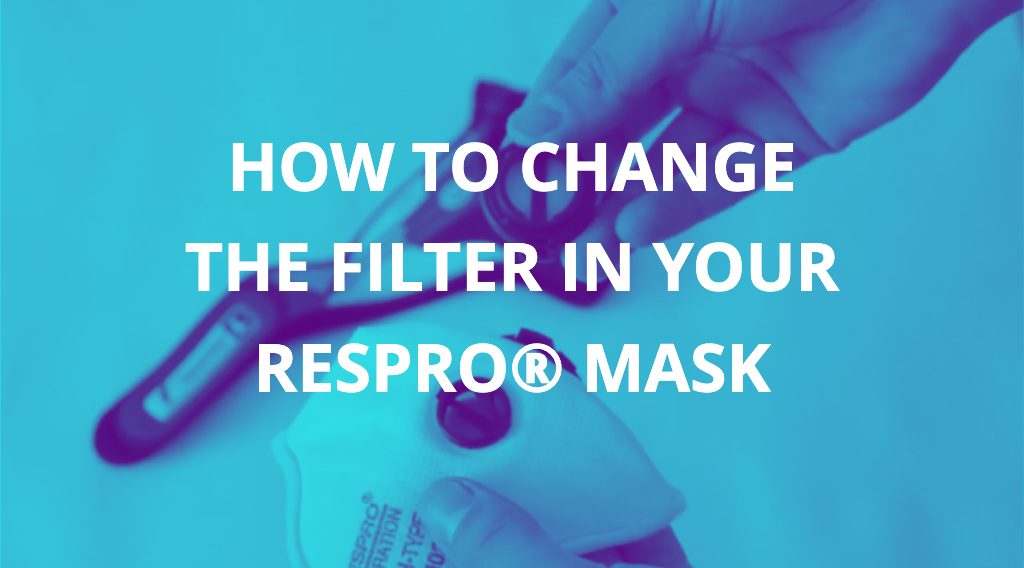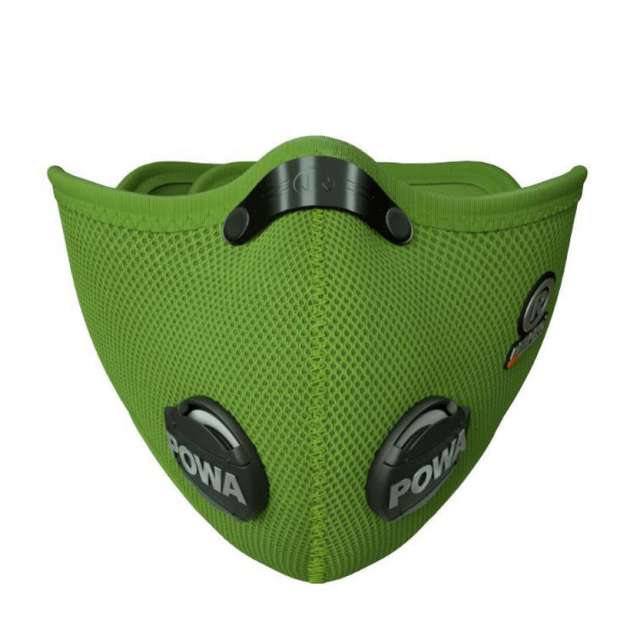Israel’s Ministry of Environmental Protection (MoEP) and Haifa Municipality have begun operating a low-emission zone (LEZ). As of 2 February 2018, polluting heavy diesel vehicles were no longer allowed in downtown Haifa. These buses and trucks must install a particulate filter in order to enter the restricted area. The creation of a low-emission zone (LEZ) is part of a larger plan to reduce air pollution from transportation in Haifa.
The LEZ plan is divided into two parts: The first stage, which began 2 February, includes only diesel vehicles weighing more than 3.5 tons. About 22,000 owners of polluting diesel vehicles have received letters that explained the restriction and gave them the option of installing a particulate filter in their heavy vehicles at a subsidized price. In addition, there was extensive publicity about the LEZ and road signs have been put up throughout Haifa.
During this the first stage, the Haifa municipality will issue warnings to owners of polluting vehicles that enter the restricted areas, explaining that if they do not install a particulate filter in their vehicle, they will be fined if they enter the LEZ. Enforcement during this stage will be carried out by city inspectors and the Israel Police. Then cameras will be installed at entrances to the city and enforcement will be carried out automatically.
In the second stage, to begin in early 2019, all diesel fuel vehicles (including vans and commercial vehicles under 3.5 tons, but excluding private cars) that do not meet Euro 4 standards for air pollution will be restricted from the LEZ. These vehicles will only be allowed to enter the LEZ if a particulate filter that reduces air pollution is installed in them.
Haifa is the first [city we are taking on] in the revolution that we’re leading in Israel to reduce vehicular air pollution. Some 1,100 people die every year as a result from air pollution from transportation, and a low-emission zone has proven to be one of the most efficient tools in the significant reduction of vehicular air pollution in large cities. We hope that Haifa is only the beginning of a change. In the near future, this model will expand into the Krayot and Jerusalem, and I call upon other mayors to take part in this struggle, which is important to our health and our children’s health. We will no longer be indifferent to vehicular air pollution.
—Environmental Protection Minister Zeev Elkin
The LEZ plan is a significant component of a range of additional actions promoted by the municipality and the government to reduce air pollution in Haifa Bay and Israel. Among the actions taken by the national government are subsidies for hybrid taxis; incentives to purchase electric buses; and support for electric car-sharing programs.The Haifa Bay industrial zone is one of the most sensitive areas in Israel in terms of air pollution due to its large concentration of industrial facilities, port, petrochemical complex, physical proximity to concentrations of population, and topographical and climatic factors that affect the dispersion of pollutants.
NOx emissions from the transportation sector in Haifa have remained fairly stable, while those from the power-generation sector and industry have dropped. Source: MOEP.
In 2008, a task force was created to create and implement a Haifa Bay Action Plan to reduce these emissions. The plan focused on NMVOCs and on about 15 facilities and installations with high pollution potential.
In September 2015, the Israeli government approved an updated, ILS 330-million (US$93-milion) Action Plan to Reduce Air Pollution and Environmental Risks in Haifa Bay. The new Haifa LEZ is a result of this updated plan.
-
RESPRO® MASKS
-
Pollution Masks since 1993 - The 'Original' and still the best - Made in the UK - respro.com
-
THE AIR WE BREATHE
-
The Respro® Bulletin Board is designed to keep you up to date with current views and issues relating to Air Pollution and its health implications in our daily lives.
-
WATCH OUR ANIMATION
TOP POSTS AND PAGES
- Follow Respro® Bulletin Board on WordPress.com
-
LOCAL AIR QUALITY
-
Click the map to find out about current air quality levels where you live.

-
FOLLOW RESPRO®
-
WHY WEAR A MASK?
-
Essential features required of a mask to work properly: Why wear a mask?
-
For information on the products we provide please visit our website respro.com Respro® will ship your order of any product, any quantity to anywhere on the planet free of charge.
-
KEY POINTS TO A MASK
-
Three important points to look out for in an air pollution mask:
Key Points to a Mask -
SIZING GUIDE
-

-
TIME TO CHANGE YOUR FILTER?
-
THERE ARE FOUR RESPRO® FILTER TYPES
-

-
HOW TO CHANGE THE FILTER
-

-
BUY NEW FILTERS
-

-
RESPRO® ON INSTAGRAM
Air Pollution Air Quality Asthma Beijing Boris Johnson California Canada China Delhi Department for Environment Food and Rural Affairs (Defra) diesel exhaust fumes EU - European Union Europe forest fire France Germany HAZE Health Effects of Air Pollution India Indonesia Iran King's College London London London Mayor Malaysia Nitrogen Dioxide NO2 NOx Ozone O3 Paris PM - Particulate Matter PM2.5 PM10 Research Respro® Masks FAQ Respro® Products Scotland Singapore Smog Sulfur Dioxide SO2 Thailand UK USA vehicle emissions wildfires World Heath Organization (WHO)
-
CATEGORIES
- Africa
- Air Quality
- Allergies
- Asia
- Asthma
- Australia & Oceania
- Brazil
- Canada
- Chile
- China
- Colombia
- Cycling
- Europe
- Exercise & Air Pollution
- France
- Germany
- Hayfever
- Health Effects of Air Pollution
- Help & FAQs
- India
- Indonesia
- Iran
- Iraq
- Italy
- Japan
- Latin America
- London
- Malaysia
- Medical Studies
- Mexico
- Middle East
- Mongolia
- Philippines
- Poland
- Research on Air Pollution in the UK
- Respro® How To Videos
- Respro® Mask Reviews
- Respro® Masks
- Respro® Products
- Running
- Singapore
- South Korea
- Spain
- Sports
- Taiwan
- Thailand
- UK
- USA
- USA & Canada
- Vietnam
- World News
-
















